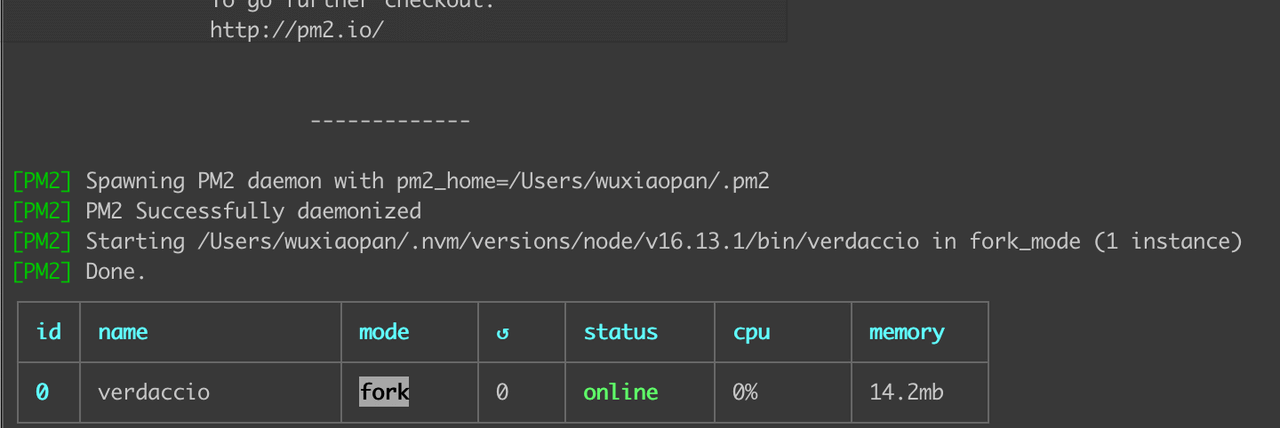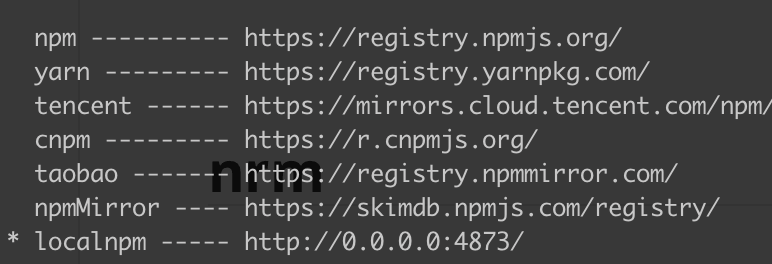Build a private npm registry using verdaccio
In this post, we will learn how to create your own npm registry using verdaccio. Why do you bother using a private registry? This is because we do not want to publish our code to the public due to data security and privacy.
Install
First, we need to install verdaccio and pm2 globally.
npm install -g verdaccio
npm install -g pm2
pm2 is used to guard our service, the common commands are shown below.
pm2 start verdaccio
pm2 stop verdaccio
pm2 delete verdaccio
To check the service status, we use the following command. status: online shows that everything is ok.
pm2 list

Configuration
The config file is located at
/Users/wuxiaopan/.config/verdaccio/config.yaml
Storage
This is where we place all packages.
# path to a directory with all packages
storage: ./store
Uplinks
# a list of other known repositories we can talk to
uplinks:
npmjs:
url: https://registry.npmjs.org/
Packages
Here, we define our own scope, which means that they can only be accessed internally. Other packages that are not started with your scope name will be downloaded from the official npmjs.
packages:
'@your-scope/*':
# scoped packages
access: $all
publish: $authenticated
unpublish: $authenticated
# proxy: npmjs
Listen
The last step is to specify your ip and port.
listen: 0.0.0.0:4873
Restart your server and verdaccio. We are done.
Notify
notify:
method: POST
headers: [{'Content-Type': 'application/json'}]
endpoint: yourhooks
content: '{"content": {"text": "{{ publishedPackage }} has published"}, "msg_type":"text"}'
Web Page
If everything works well, open http://localhost:4873/ and you will see the page like the below one.

Publish your package
Once your package is done, you can publish it to your private registry.
add user
The first step is to register. The below command will ask you to input your name, password, and email.
npm adduser --registry http://localhost:4873/
delete user
The registered users are stored in the following file, so we simply remove the corresponding record if we want to delete a user.
~/.config/verdaccio/htpasswd
publish
Since we’re publishing our package to the private registry, we should explicitly specify where the private registry is. To avoid specifing mannually each time, we use nrm to manage registries.
npm i -g nrm
nrm add localnpm http://localhost:4873
nrm use localnpm
nrm ls

The above command set the default registry to localnpm, which allows us to download the private packages from the localhost and the public packages from other public sources, such as npmjs.
Then we can publish
npm publish